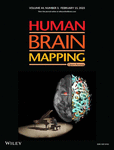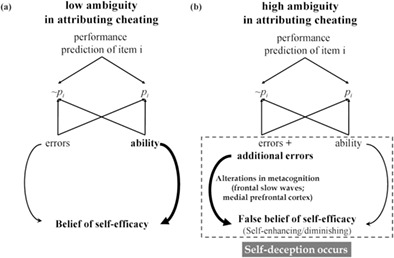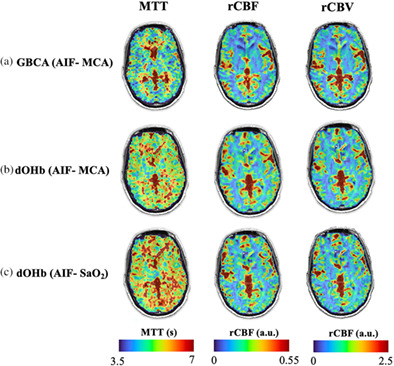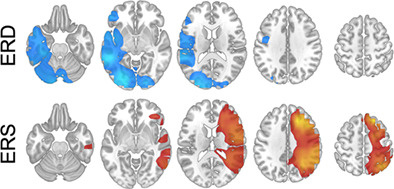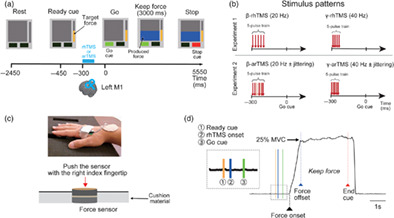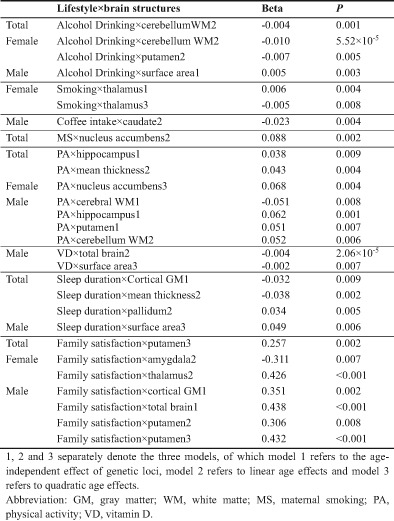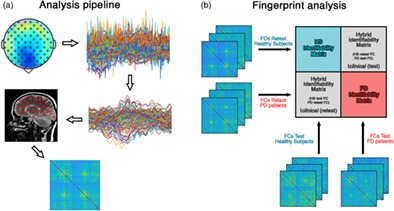Journal list menu
Export Citations
Download PDFs
COVER IMAGE
Cover Image
- First Published: 25 January 2023
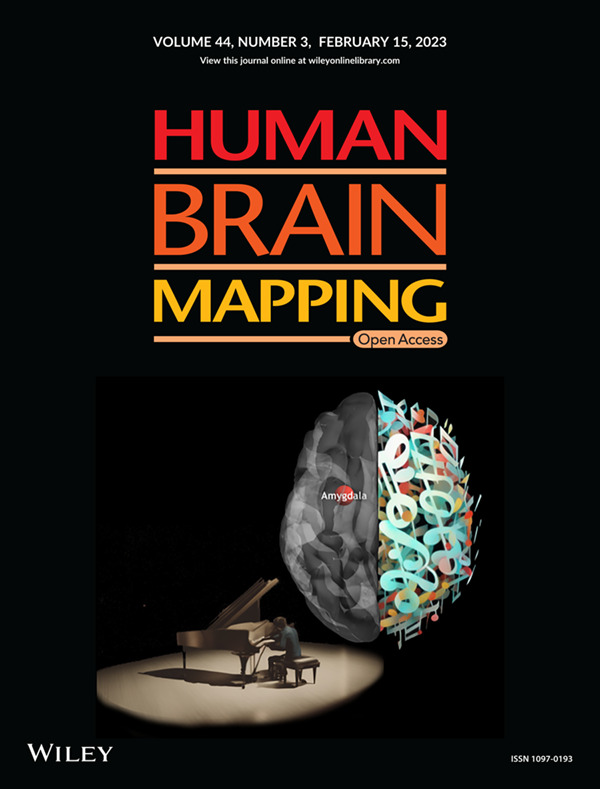
COVER ILLUSTRATION Graph theory analysis reveals enhanced strength centrality in the left amygdala of vocalists and pianists, which indicates a high degree of interconnectivity between the left amygdala and other brain regions. This suggests that long-term musical training has effects on experiencedependent neuroplasticity in the amygdala-centered networks, which is a generic function while performing musical arts.
ISSUE INFORMATION
TECHNICAL REPORT
An artificial-intelligence-based age-specific template construction framework for brain structural analysis using magnetic resonance images
- Pages: 861-875
- First Published: 21 October 2022
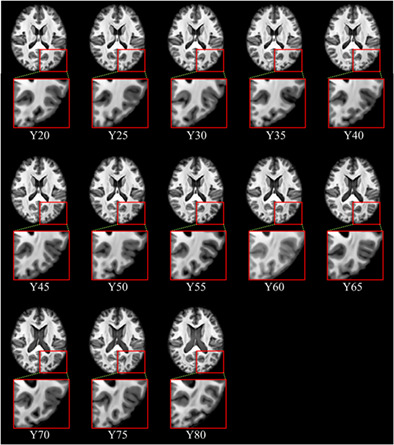
The objective of this article is to construct brain templates for different age groups using magnetic resonance images (MRIs) and for analyzing structural and functional characteristics of the brain. We constructed brain templates using artificial intelligence registration for normal subjects from 18 to 82 year's old, and we believe the age-specific MRI brain templates are beneficial to neurological researches by capturing anatomical changes.
RESEARCH ARTICLES
Hierarchical Bayesian modeling of the relationship between task-related hemodynamic responses and cortical excitability
- Pages: 876-900
- First Published: 17 October 2022
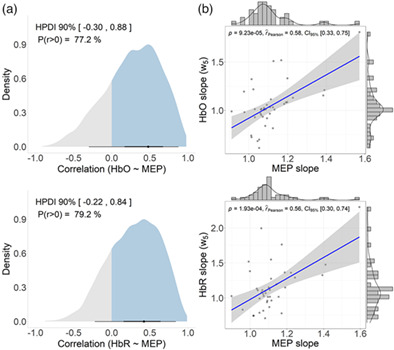
We showed a high probability of positive correlations between cortical excitability and task-related hemodynamic responses. This study also demonstrated the power of the Bayesian data analysis dealing with relatively high variability and small sample size data while providing informative inferences.
Motor progression marker for newly diagnosed drug-naïve patients with Parkinson's disease: A resting-state functional MRI study
- Pages: 901-913
- First Published: 17 October 2022
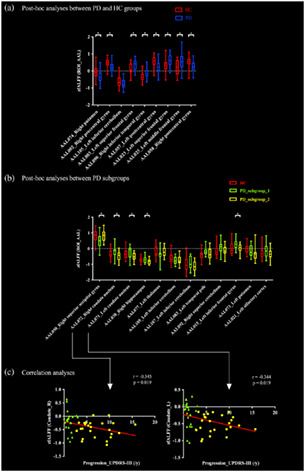
The classification model that distinguished PD patients from HCs (area under the curve [AUC] = 0.897) showed the most significant imaging characteristics in the putamen and precentral gyrus. The other prediction model that evaluated the degree of future deterioration of motor symptoms in PD patients (AUC = 0.916) showed the most significant imaging characteristics in the superior occipital gyrus and caudate nucleus. Furthermore, the increased regional function in bilateral caudate nuclei was correlated with the lower annual increase in motor deficits in all PD patients.
Amplitude modulating frequency overrides carrier frequency in tACS-induced phosphene percept
- Pages: 914-926
- First Published: 17 October 2022
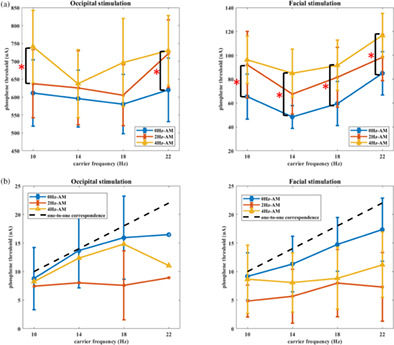
The current study examined the effect of amplitude-modulated tACS on phosphene perception. The results showed that the amplitude-modulating frequency increased the phosphene threshold and overrode the carrier frequency by changing the frequency function of flashing perception. This study, therefore, suggests amplitude modulation as a critical neural cross-frequency-coupling format in visual perception.
Cerebello-cerebral resting-state functional connectivity in spinocerebellar ataxia type 3
- Pages: 927-936
- First Published: 17 October 2022
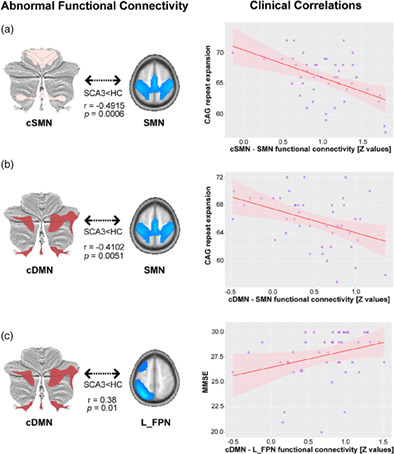
Spinocerebellar ataxia type 3 (SCA3)-associated motor and nonmotor symptoms are possibly related not only to intracerebellar changes but also to disruption of the connectivity within these cerebello-cerebral circuits. The present study aimed to identify cerebello-cerebral functional connectivity alterations and associations with downstream clinical phenotypes and upstream topographic markers of cerebellar neurodegeneration in patients with SCA3.
Information-based multivariate decoding reveals imprecise neural encoding in children with attention deficit hyperactivity disorder during visual selective attention
- Pages: 937-947
- First Published: 17 October 2022
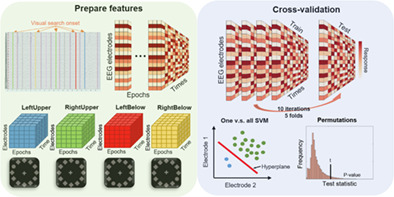
Electroencephalography (EEG) was measured in 135 school-age children (70 with first-episode ADHD and 65 matched typical developing children) to directly investigate the target localization during spatial attention through univariate ERP analysis and the information-based multivariate pattern machine learning analysis. Our study reveals imprecise and delayed neural representations of target locations predict impaired selective attention in children with ADHD, which provides the first neural evidence that increased neural noise and chaotic neural responses are fundamental deficits of the neurodevelopmental disorder.
Self-deception: Distorted metacognitive process in ambiguous contexts
- Pages: 948-969
- First Published: 29 October 2022
Reliable brain morphometry from contrast-enhanced T1w-MRI in patients with multiple sclerosis
- Pages: 970-979
- First Published: 17 October 2022
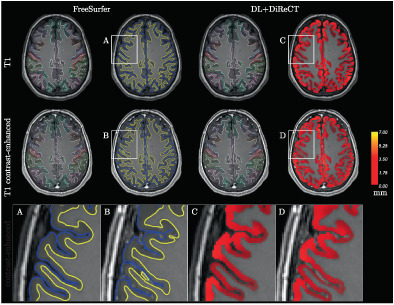
Brain morphometry can be derived reliably from contrast-enhanced MRI using DL+DiReCT, a deep learning-based morphometry tool. Making MR images acquired for clinical examinations with a contrast agent accessible for quantitative analysis is of interest for retrospective studies and potential future diagnostic support tools.
The increased inter-brain neural synchronization in prefrontal cortex between simulated patient and acupuncturist during acupuncture stimulation: Evidence from functional near-infrared spectroscopy hyperscanning
- Pages: 980-988
- First Published: 18 October 2022

This study firstly applied fNIRS hyperscanning to investigate the neurobiological mechanism of “patient”–acupuncturist interaction during acupuncture stimuli in a naturalistic clinical setting. The results identified the increase of INS between “patient” and acupuncturist, and found that PFC was important to the interaction of “patient”–acupuncturist. This study deepen our understanding on the patient–acupuncturist interaction, and provided a novel experimental approach for future studies on acupuncture mechanism.
Reversal of neurovascular decoupling and cognitive impairment in patients with end-stage renal disease during a hemodialysis session: Evidence from a comprehensive fMRI analysis
- Pages: 989-1001
- First Published: 21 October 2022
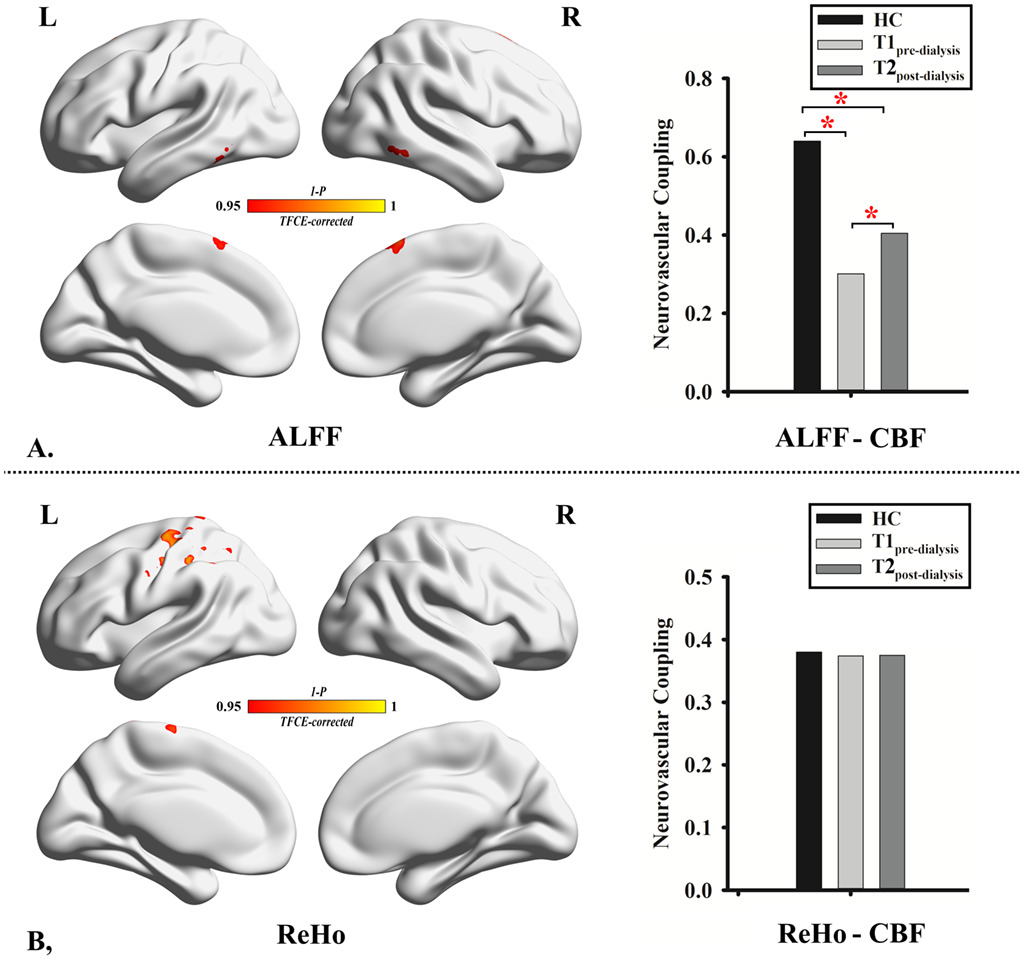
We confirmed the reversibility of cognitive impairment and NV decoupling in patients with ESRD after a single hemodialysis session, highlighting the potential value of NV coupling as an objective and physiologic biomarker of brain dysfunction in ESRD. Anemia, hyperhomocysteinemia, ultrafiltration volume, and SBP variance could potentially play a critical role in the reversibility of NV decoupling and cognitive impairment.
Neural mechanisms of background and velocity effects in smooth pursuit eye movements
- Pages: 1002-1018
- First Published: 04 November 2022
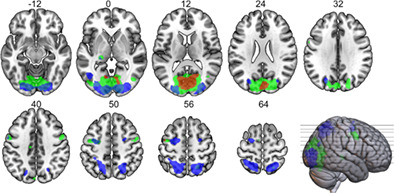
Visual background stimuli reduce smooth pursuit accuracy and are associated with enhanced brain activity in a widespread occipito-parieto-frontal brain network. Faster targets similarly reduce smooth pursuit performance but yield enhanced BOLD response only in visual cortex and lateral frontal eye fields. Functional connectivity analyses confirmed the interactions amongst components of the SPEM network but did not yield differences between task conditions.
Investigations of hypoxia-induced deoxyhemoglobin as a contrast agent for cerebral perfusion imaging
- Pages: 1019-1029
- First Published: 29 October 2022
Evaluating the reliability, validity, and utility of overlapping networks: Implications for network theories of cognition
- Pages: 1030-1045
- First Published: 01 November 2022
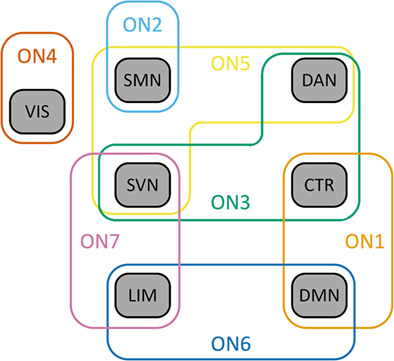
We explored the reliability and validity of the mixed-membership algorithm for discovering biologically plausible overlapping network architectures in group-level human resting-state functional connectivity data. These overlapping networks show widespread multiple network membership across regions, indicating that we need to reconsider existing network models of cognition to account for these areas of overlap.
Evidence for independent representational contents in inhibitory control subprocesses associated with frontoparietal cortices
- Pages: 1046-1061
- First Published: 31 October 2022
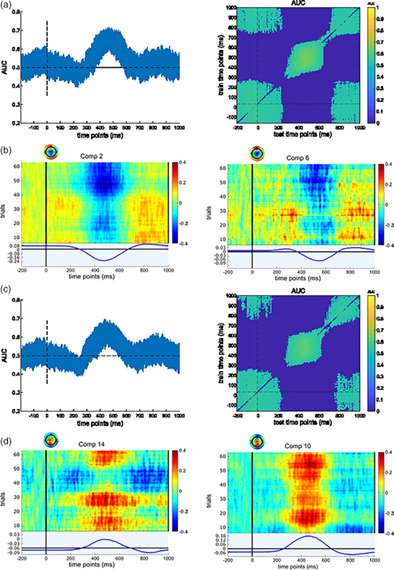
We provide evidence for independent representational contents in inhibitory control subprocesses associated with frontoparietal cortices. The results provide insights into a new level of complexity underlying inhibitory control processes. We provide a blueprint how a concatenation of EEG signal analysis methods, capturing distinct aspects of neural dynamics, can be connected to cognitive science theory on the importance of representations in action control.
Asymmetric information flow in brain networks supporting expressive language in childhood
- Pages: 1062-1069
- First Published: 31 October 2022
Common and unique dysconnectivity profiles of dorsal and median raphe in Parkinson's disease
- Pages: 1070-1078
- First Published: 05 November 2022
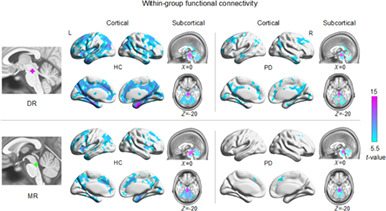
We investigated for the first time functional connectivity abnormalities in the dorsal and median raphe nuclei in Parkinson's disease on a relatively large sample. Overlapping and distinct dysconnectivity profiles of dorsal and median raphe are observed in Parkinson's disease. Common and unique roles of dorsal and median raphe on motor and nonmotor symptoms are observed in Parkinson's disease.
Disease specific and nonspecific metabolic brain networks in behavioral variant of frontotemporal dementia
- Pages: 1079-1093
- First Published: 05 November 2022
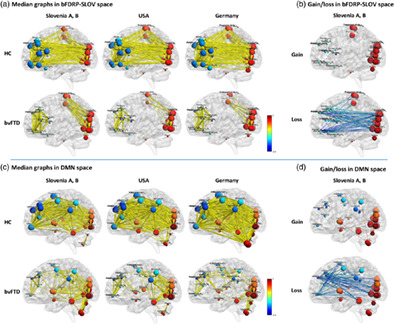
Behavioral variant of the frontotemporal dementia (bvFTD) specific metabolic brain pattern (bFDRP) is a robust metabolic biomarker validated on three different populations. Its internal structure is characterized by prominent network disruption and inefficient information transfer in bvFTD patients. Despite overlapping with the default mode network, bFDRP is an independent network with highly reproducible changes.
Abnormal amygdala functional connectivity and deep learning classification in multifrequency bands in autism spectrum disorder: A multisite functional magnetic resonance imaging study
- Pages: 1094-1104
- First Published: 08 November 2022

Image-based meta-analyses were conducted to explore abnormal functional connectivity (FC) of the amygdala in multiple frequency bands based on the public multisite data. This study found that there were frequency-specific FC alterations in autism spectrum disorder (ASD), which were reflected in the slow-5 frequency band rather than slow-4 and conventional bands. Morever, deep learning within different frequency bands exhibited distinct classification effects for ASD.
Higher reliability and validity of Wavelet-ALFF of resting-state fMRI: From multicenter database and application to rTMS modulation
- Pages: 1105-1117
- First Published: 17 November 2022
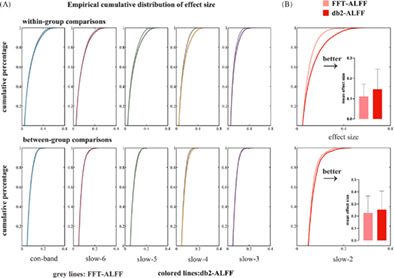
Using multicenter RS-fMRI datasets under EC and EO conditions and a single-session rTMS modulation dataset, this study provides evidence of the superiority of Wavelet-ALFF (especially db2-ALFF) over FFT-ALFF in improving reliability and validity and increasing statistical significance. Therefore, db2-ALFF may offer a powerful metric for inspecting regional spontaneous brain activities in future studies.
Benchmarking the generalizability of brain age models: Challenges posed by scanner variance and prediction bias
- Pages: 1118-1128
- First Published: 08 November 2022
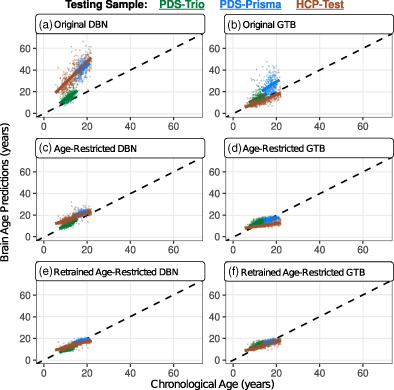
We examined the out-of-sample predictions of previously developed brain age models, which were chosen based on the size and diversity of their training data. Broadly speaking, no single model was uniformly better across all test samples or facets of generalizability. The largest limitations affecting generalizability were scanner-related variance and biased brain age predictions.
Generative adversarial network constrained multiple loss autoencoder: A deep learning-based individual atrophy detection for Alzheimer's disease and mild cognitive impairment
- Pages: 1129-1146
- First Published: 17 November 2022
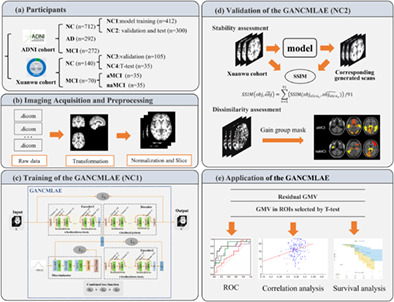
Our study presented a generative adversarial network constrained multiple loss autoencoder (GANCMLAE) model for the detection of individual atrophy patterns based on structural magnetic resonance imaging data. Experiments on two independent cohorts of participants showed that the residual maps from GANCMLAE model may serve as an effective tool to achieve precisely individualized atrophy detection and have potential for clinical applications.
Connectivity between default mode and frontoparietal networks mediates the association between global amyloid-β and episodic memory
- Pages: 1147-1157
- First Published: 24 November 2022
Modulation of cortical beta oscillations influences motor vigor: A rhythmic TMS-EEG study
- Pages: 1158-1172
- First Published: 23 November 2022
Assessing the coupling between local neural activity and global connectivity fluctuations: Application to human intracranial electroencephalography during a cognitive task
- Pages: 1173-1192
- First Published: 27 November 2022
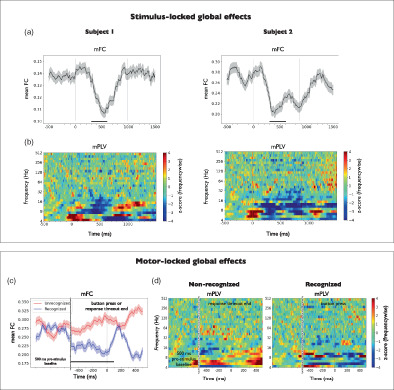
Cognitive-relevant information is processed by different brain areas that cooperate to eventually produce a response. Here, we develop a novel analytical framework (named “local–global” framework) to statistically correlate the signal power in every recorded gray-matter region (intracranial electroencephalography) with the widespread connectivity fluctuations as proxy to identify concurrent local and global activity that may plausibly reflect a common functional network during cognition. The application of the local–global framework to the data from three subjects with different recorded areas showed similar connectivity fluctuations, which were mainly coupled to local activity of brain areas involved in the task.
Turning and multitask gait unmask gait disturbance in mild-to-moderate multiple sclerosis: Underlying specific cortical thinning and connecting fibers damage
- Pages: 1193-1208
- First Published: 21 November 2022
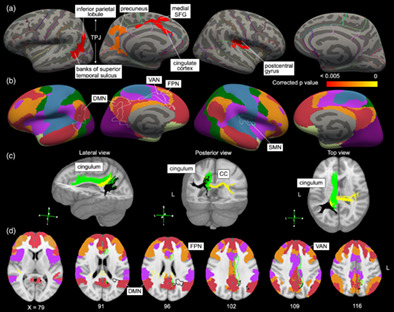
Total duration during the timed up and go test and stride velocity during cognitive-DT circular walking are sensitive measures to evaluate gait disturbances in mild-to-moderate multiple sclerosis (MS). Patients with MS have impaired dynamic balance control and multitask processing correlating with regional cortical thinning and microstructural damage in major white matter tracts, involving the functions of the default mode network, ventral attention network, and frontoparietal network.
Unsupervised physiological noise correction of functional magnetic resonance imaging data using phase and magnitude information (PREPAIR)
- Pages: 1209-1226
- First Published: 19 November 2022
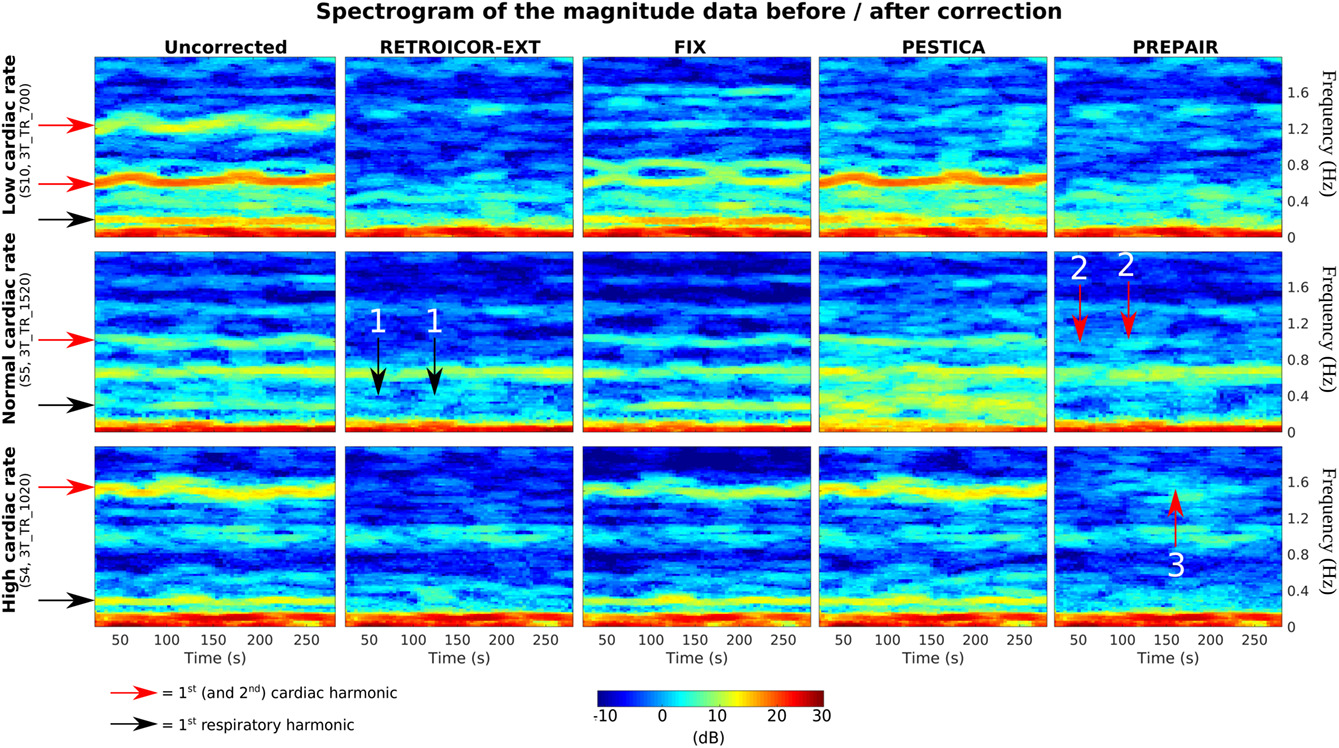
We have developed an unsupervised physiological noise correction method using the information carried in the phase and the magnitude of echo-planar imaging data. We demonstrate that the physiological signal time courses identified with Physiological Regressor Estimation from Phase and mAgnItude, sub-tR (PREPAIR) not only agree well with those from external devices, but also retrieve challenging cardiac dynamics.
Assessing the interaction effects of brain structure longitudinal changes and life environmental factors on depression and anxiety
- Pages: 1227-1238
- First Published: 23 November 2022
Fading of brain network fingerprint in Parkinson's disease predicts motor clinical impairment
- Pages: 1239-1250
- First Published: 22 November 2022
REVIEW ARTICLE
Lower brain glucose metabolism in normal ageing is predominantly frontal and temporal: A systematic review and pooled effect size and activation likelihood estimates meta-analyses
- Pages: 1251-1277
- First Published: 21 October 2022

A systematic review of the literature and pooled effect size and activation likelihood estimates meta-analyses revealed lower cerebral metabolic rates of glucose for older versus younger adults. Older adults showed hypometabolism primarily in the frontal and temporal lobes and in specific sub-regions of the left and right inferior frontal and superior temporal gyri, insula, and inferior temporal junction.
COMMENT
Practical challenges of continuous real-time functional magnetic resonance imaging neurofeedback with multiband accelerated echo-planar imaging and short repetition times
- Pages: 1278-1282
- First Published: 18 November 2022
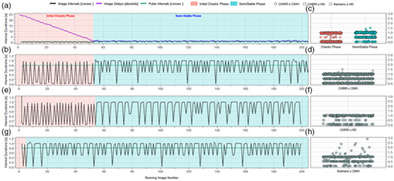
Continuous functional magnetic resonance imaging (fMRI) neurofeedback may benefit from the short repetition times of modern multiband echoplanar imaging sequences to minimize feedback delay. Here, we report a technical problem we experienced during continuous fMRI neurofeedback with multiband echoplanar imaging and short repetition times. We share our thoughts on the possible origins of this problem, describe our current interim solution and provide openly available workflows and code to other researchers wishing to use a similar approach.




